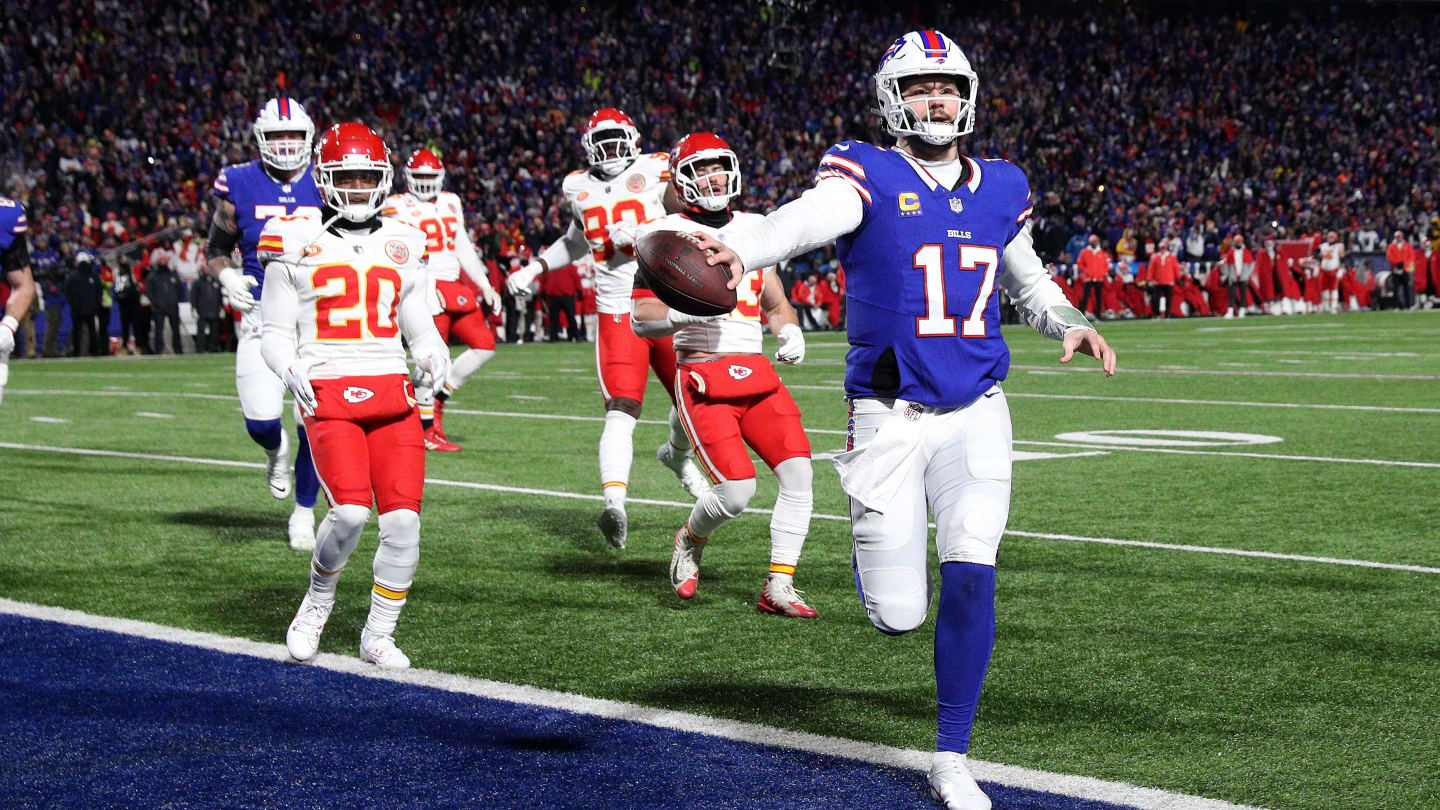There’s a new trend in fantasy football: the Superflex League. If this is your first year playing in a Superflex league, draft day will feel a little bit different than you’re used to. But I’m here to help.
Let’s break down this increasingly popular format.
A Superflex league is a regular fantasy league that allows you to use a quarterback in your flex spot.
How much does that affect your draft strategy? The short answer: a lot.
Unlike in traditional leagues, where you can wait to draft your signal-caller, quarterbacks will go in the first round of a Superflex league. Forget all the traditional wisdom about waiting to draft a quarterback; you’ll want to land a field general early.
The reasoning behind waiting to draft a QB until later rounds in a traditional one-QB league is simple: Most traditional leagues require a starting lineup that includes two running backs, two or three wideouts, one tight end, a flex player (RB/WR/TE), a defense, and a kicker- but they only require one starting quarterback.
Look at it as supply and demand: it’s hard to pass up the value on a solid floor running back or wide receiver in the early rounds when so many capable passers can be drafted later.
However, with Superflex leagues, all that strategy is turned on its ear. The one simple alteration allowing a quarterback to play in the flex spot is a game-changer (pun intended). Now, instead of starting your third-best running back (since you must start two running backs) or wide receiver (since you will be required to start 2 to 3), you can start another quarterback. Let’s look at how that adds up.
In 2023, Tyler Allegier finished as the RB36 and was an RB3/Flex for many fantasy football teams. He totaled 138 PPR points across 17 games. Romeo Doubs, a WR3 for many, finished as the WR36 with 175 PPR points across the 17-game season.
Now compare that to the numbers for a QB2. Sam Howell, who finished as the QB13 on the season, scored 257 PPR points. Russell Wilson scored 256 in just 15 games.
In other words, starting a QB2 in your flex gives you more advantage than a deeper position player.
So, draft a quarterback in the first round? Absolutely. In Superflex leagues, taking Josh Allen, Lamar Jackson, or Jalen Hurts in the first round can pay dividends.
When drafting for a Superflex league, I almost always take a quarterback in the first round. An exception would be if QBs are not flying off the board or I have a later draft pick. If Christian McCaffrey is still there at pick 10, I would lean toward picking up an elite RB and grab my first QB on the way back in a snake draft. However, it’s important to keep track of the quarterback pool and make sure you don’t get stuck without at least one top-12 quarterback.
As a general rule, plan to take two quarterbacks in your first four rounds. Remember, because QBs will be pushed up the board, you can still grab strong talent at the other positions in later rounds than usual.
Pay attention to your league’s scoring, so you get max advantage with your selection. Are passing TDs four points or six points? Do mobile QBs have an advantage?
I usually target a mobile quarterback early and a pocket passer in subsequent rounds.
Do not leave your Superflex draft with fewer than two quarterbacks, or you could spend most of your season on the waiver wire. Remember, you’ll need coverage for bye weeks, too. I like to leave my Superflex drafts with three quarterbacks to help cover for bye weeks and injuries.
Do you have to start a QB in your Superflex spot? No, though in most cases a quarterback will be the best option.
As the season progresses, you may find that you hit upon this year’s Kyren Williams or DeVon Achane. In that case, your RB may be more valuable than a QB in the flex spot. Still, it’s wise to have a deep bench at QB.
Position scarcity is real in SuperFlex leagues, with only 32 starting quarterbacks out there. If you happen to hit on two, the third or fourth QB will be excellent trade bait for anyone who didn’t read this article and plan to draft their signal-callers early.

